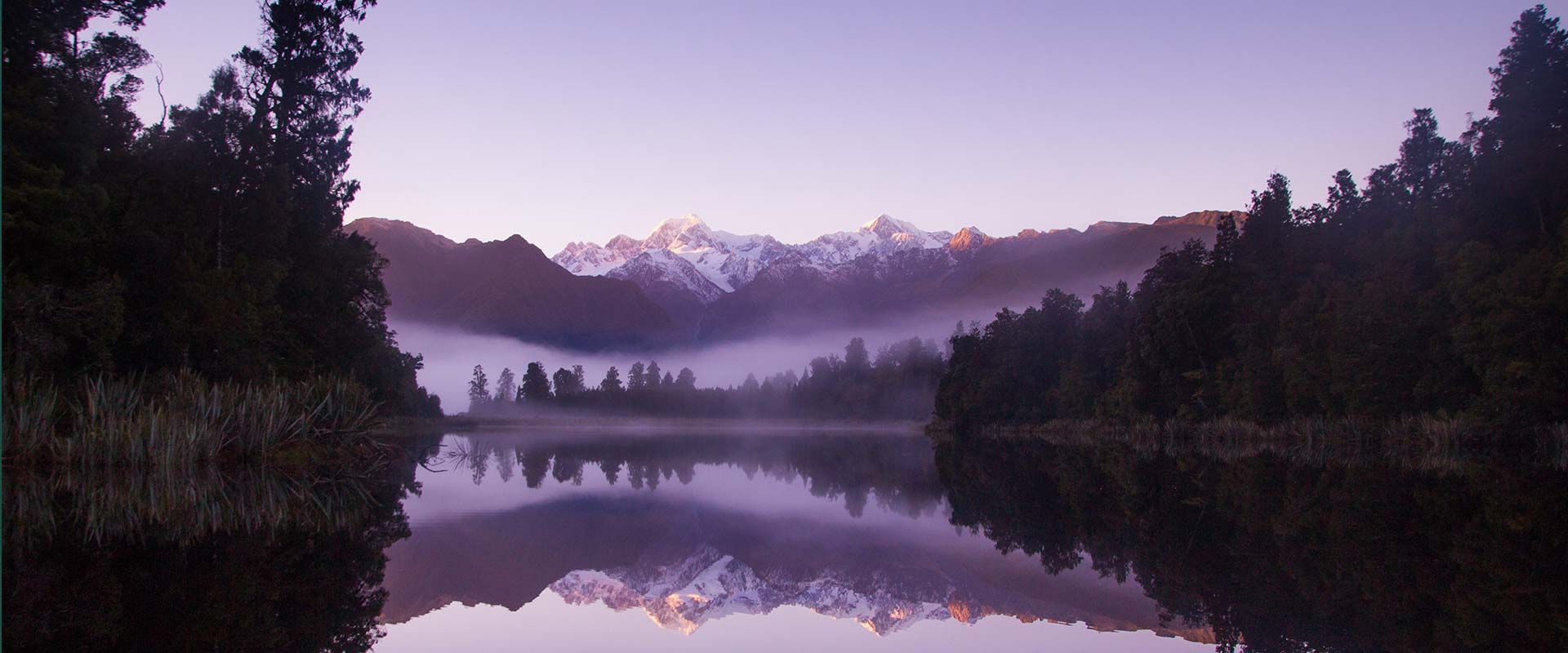Collective storytelling to improve freshwater ecosystem health through catchment community knowledge sharing
September 2024
Water, the lifeblood of Aotearoa New Zealand, sustains our identity and wellbeing; nonetheless, freshwater environments (lakes, rivers, wetlands and aquifers) are significantly impacted by humans. Aotearoa New Zealand has experienced one of the highest rates of agricultural land intensification internationally over recent decades, with almost 60,000 hectares of agricultural land converted from low producing to high producing between 1996 and 2018. With this rapid land use change, the pressures on freshwater quality are widespread and severe, resulting, for example, in only ten percent of Aotearoa New Zealand’s wetlands remaining, 76 percent of indigenous freshwater fish species threatened with extinction or at risk of becoming extinct, and 46 percent of lakes larger than one hectare having poor to very poor ecosystem health due to excessive nutrients and contamination.
Many rural communities are actively working to restore Aotearoa New Zealand’s freshwaters, demonstrated by the estimated 250 catchment care groups that operate across the country. Yet, a considerable barrier to widespread restoration remains – effective communication and knowledge sharing of freshwater restoration learnings between catchment communities. I identified four knowledge gaps relating to the communication of restoration activities which hinder progress: 1) what freshwater restoration knowledge is shared (e.g., inconsistent recording and reporting means that it has been difficult to accurately relate specific land management actions to improvements in freshwater ecosystem health), 2) why sharing is important and why catchment communities are compelled to share, 3) how freshwater restoration knowledge is shared (e.g., available tools for sharing restoration knowledge have been under-explored), and 4) who is best placed to share freshwater restoration knowledge (e.g., exploring the potential that stories and trusted storytellers can have in motivating catchment restoration). To bridge these gaps, I adopted a pragmatic, mixed methods approach between 2019 and 2023, to explore and test how freshwater restoration activities could be more effectively communicated.
To address knowledge gaps 1) and 2), I studied the willingness of land managers to share water quality improvement actions and identified motivators for recording and reporting of those actions. I conducted 23 face-to-face semi-structured interviews with food and fibre producers, tangata whenua, community members, government and industry representatives. Thematic coding identified three key themes that described motivators of these land managers to record and report land management actions: 1) collective engagement through collaboration with catchment care groups, 2) the importance of identity and social norms which related to land managers being a ‘socially approved’ farmer by their peers, and 3) efficient farm management, whereby land managers could record and report their land management actions using a single, simple recording tool for multiple purposes.
To address knowledge gap 3), I consulted five freshwater restoration catchment groups using focus groups (N = 30) to explore how storytelling could be a tool for inspiring freshwater restoration action within and beyond their communities. Each group crafted a ‘Catchment Journey’, a graphical narrative depicting their land, people, and restoration efforts. While each Catchment Journey was unique, my thematic coding analysis revealed three common elements to be important in freshwater restoration knowledge sharing: 1) respected storytellers (or community champions) influence restoration in their community, 2) the responsibility to act is driven by concerns for future generations, land stewardship, prosperity, and community cohesion, and 3) authenticity, with genuine and honest stories that include weaknesses, threats, and hardship as well as successes.
To address knowledge gap 4), I used storytelling to explore the messenger’s role in promoting freshwater restoration in rural catchment communities, tracking some of the processes involved in peer-to-peer knowledge exchange. I crafted two restoration stories—one voiced by a respected individual leader and the other by a collective catchment group and tested the effects of these stories through an online survey with rural community members (N = 82). Results were analysed using descriptive statistics and general linear models. Participants accepted both stories as trusted sources, with no differences between the individual and the collective voices. Participants considered both to be informative, containing new details.
Communities expressed the view that sharing their catchment stories could be a meaningful catalyst in inspiring large-scale restoration, emphasising the pivotal role of respected storytellers and authentic narratives, giving rural communities a ‘voice’ to share their extensive knowledge on sustainable land management. My study serves as a call to action, encouraging freshwater scientists, policy makers and implementors alike to place specific emphasis on the role collective engagement, social norms and effective farm management play in reporting land management actions (the what and why), while considering storytelling as a tool for sharing that knowledge (the how), through trusted messengers (the who). My research advocates for bottom-up engagement to improve the health of Aotearoa New Zealand’s freshwater environments.
 View Our Strategy Document 2019 – 2024
View Our Strategy Document 2019 – 2024



